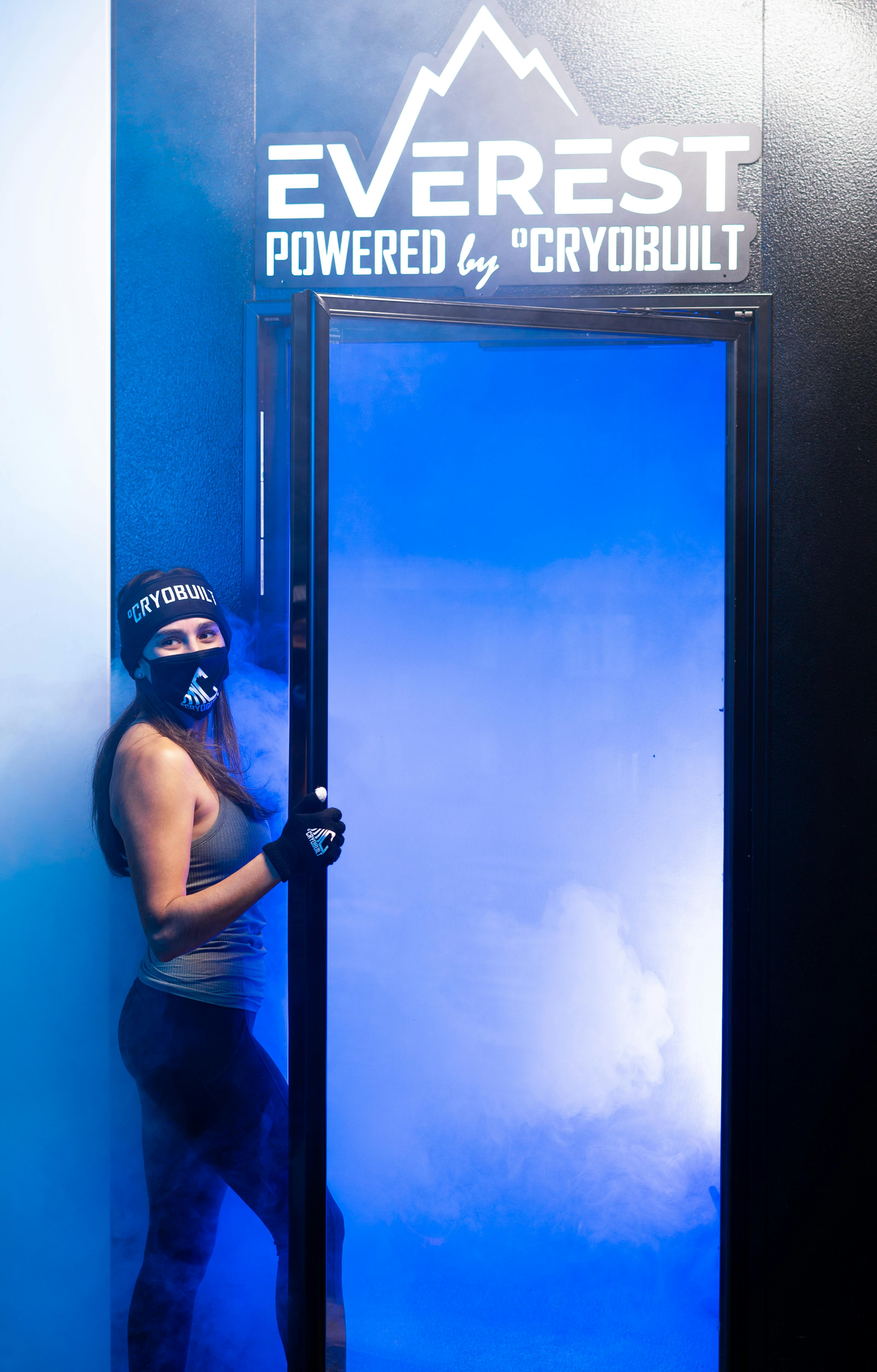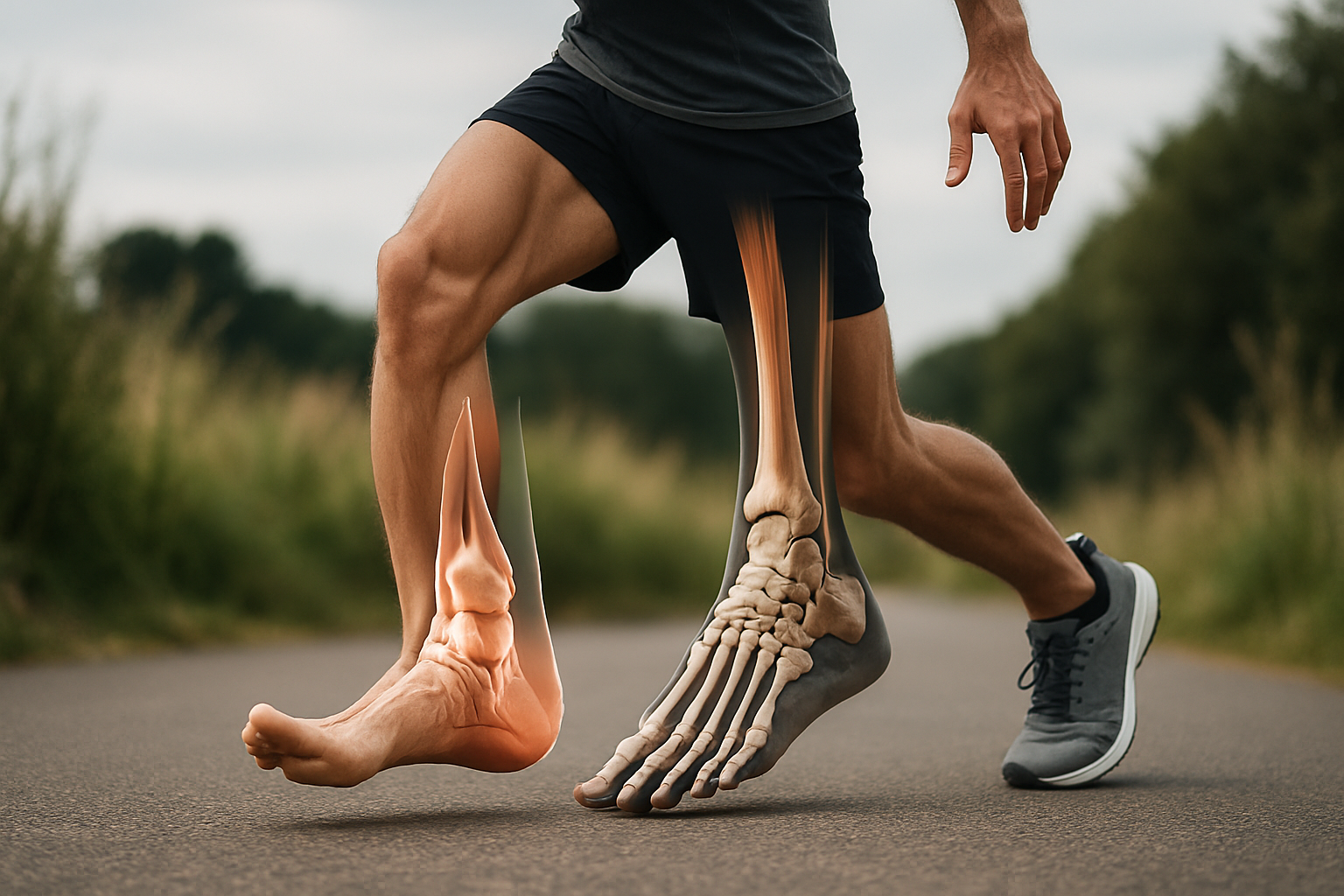Breaking the Ice: Understanding the Health Benefits of Cryotherapy
Are you ready for a chilly revelation in the world of wellness? Cryotherapy, the application of extremely cold temperatures for health benefits, has been making waves in the health and wellness community. This article will delve into the frosty depths of cryotherapy, exploring its origins, current trends, and the science behind its purported benefits.

A Frosty History
Cryotherapy, from the Greek words ‘cryo’ meaning cold and ‘therapy’ meaning cure, has a surprisingly long history. The ancient Egyptians were known to use cold therapy to treat injuries and inflammation. Fast forward to the 17th century, cryotherapy was used in the form of ice packs to numb pain and reduce swelling. However, the modern version of cryotherapy, known as Whole Body Cryotherapy (WBC), that involves subjecting the entire body to extremely cold temperatures, was developed in Japan in the late 1970s for treating rheumatoid arthritis. Since then, it has become a popular treatment among athletes and health-conscious individuals worldwide.
The Chill of the Current Trends
In recent years, cryotherapy has become a hot trend in the wellness industry, with cryotherapy centers popping up in major cities around the globe. Celebrities and athletes swear by it for quick recovery and enhanced performance. It is also being studied for potential benefits in managing conditions such as Alzheimer’s, depression, anxiety, and even weight loss.
The Cold, Hard Facts: Benefits and Challenges of Cryotherapy
Cryotherapy is believed to have multiple benefits. It is most commonly used to speed up recovery and reduce muscle soreness after exercise. The cold exposure causes blood vessels to constrict, reducing inflammation and pain. It is also said to boost mood, improve sleep, and increase metabolism.
However, cryotherapy does come with its challenges. The extreme cold can be uncomfortable, and treatments are costly. While some studies support its benefits, there is a need for more comprehensive research to validate these claims.
The Science of Freeze: Cryotherapy’s Credibility
Scientific research on cryotherapy is ongoing, with some studies showing promising results. A study published in the Journal of Clinical Medicine found that cryotherapy can reduce inflammation and improve antioxidant balance. Another study in the Journal of Thermal Biology found that it can improve sleep quality. Despite these findings, more research is needed to fully understand and validate the benefits of cryotherapy.
Frosty Facts and Tips
- Cryotherapy sessions typically last between two to four minutes in a chamber cooled to below -200 degrees Fahrenheit.
- It’s essential to wear protective gear, including gloves, socks, and earmuffs, during a session to prevent frostbite.
- Always consult with a healthcare provider before starting any new treatment, including cryotherapy.
In conclusion, cryotherapy is a fascinating wellness trend with a rich history and promising potential. While more research is needed to fully understand and validate its benefits, there’s no denying its growing popularity in the health and wellness community. Whether you’re an athlete looking to speed up recovery or simply someone in search of a new wellness practice, cryotherapy offers a unique, albeit chilly, approach to health. Remember to always consult with a healthcare provider before diving into the frosty world of cryotherapy.




